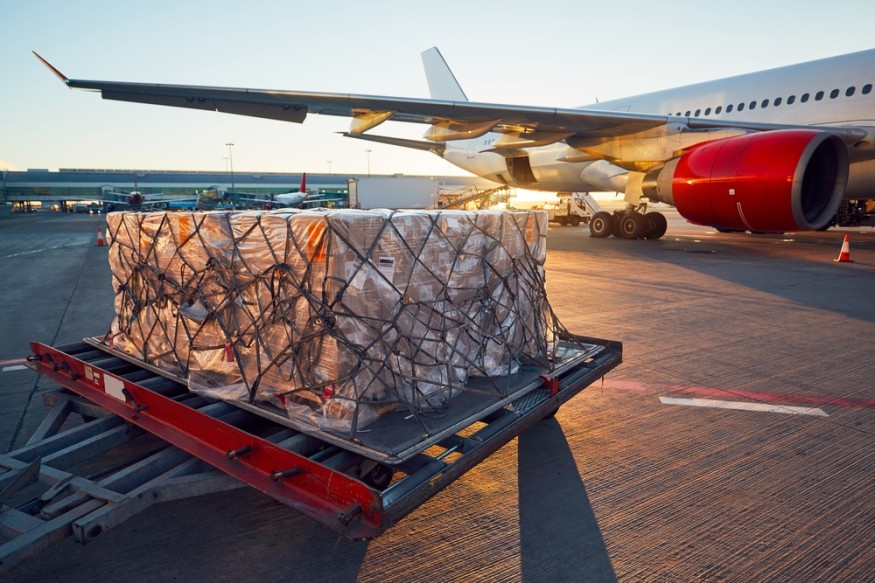
That is not to say this will be an easy ride. The unfolding events of the last three weeks with COVID19, have had a devastating impact on the economy of the entire world.
The International Air Transport Association (IATA) recently reported that the air transport industry will have losses of up to 9% after a full year contraction compared to the demands of 2019, translating to a global loss of passenger revenue at nearly $30 billion. This type of turbulence could not have been predicted. Air Charter Services (ACS), a member of IATA, has stated that the future success of the air cargo industry is going to depend on stakeholders' ability throughout the supply chain, to adapt to these changes with speed and agility and to form strategic partnerships. Right now, the industry could not agree more.
Thanks to e-commerce, the future of the air transport industry appears certain as growing consumerism is constantly transforming the global supply chain. Consumers are expecting more product choice, faster delivery and the knock-on effect is that global air traffic is expected to grow by more than 4% in the next 20 years.
The Road To Recovery Is E-Commerce
It's common knowledge that e-commerce is big business, with the blue-chip companies such as Amazon, eBay and Walmart spending in excess of $14.0 million respectively on shipping goods around the world. The need to get items to the customer within 72 hours means this market is predicted to rise by 20% in the next three years, even in the grip of the pandemic and slow recovery after.
The way the world shops is changing faster than predicted as the effects of COVID19 take hold. With the majority of retailers closing stores temporarily, we're seeing a huge shift to online shopping in many retail sectors. The biggest uplift noted to date is in grocery. The data on Google trends from Ocado shows the recent surge in demand for this sector, as people look for home delivery as shortages on the high street become apparent. Market analysts believe after recovery the shift to online grocery will remain and become the new normal for many households.
So, What's Next? Embracing the Digital Generation
The air freight industry as a whole has been slow to fully embrace digitalisation. In order to remain competitive, the industry will need to bring processes up to date and invest wisely in technology. Switching to digital means being able to track goods more efficiently as well as facilitate the demand for a more environmental outlook. Going digital will ensure customers who demand fast shipping and accurate handling stay at the forefront of any successful business. This, in turn, drives revenue!
Looking Back On 2020
Companies who don't adapt to these changes are likely to lose out to modern businesses who have embraced change. Automation is the key-dropping the booking time from over an hour to less than a minute is a good example. Older systems can't compete with the level of services customers are used to and those not willing to change will inevitably lose out in the ever-increasing speed of the digital revolution.
In 1985, the film 'Back to the future' predicted that by now, we would have time travelling cars. This prediction while laughable at the time has almost come true with the introduction of drones and pilotless planes, fulfilling this prediction also is major aircraft manufacturers, as well as dozens of startups who are in the process of developing future aircraft technology that will allow self-flying planes to safely and efficiently deliver cargo services to customers around the world.
As there is forecast to be more goods transported by air freight and drone delivery in the future, we can only hope safety has been placed at the centre of all new regulations. Marty McFly may have been right all along.





